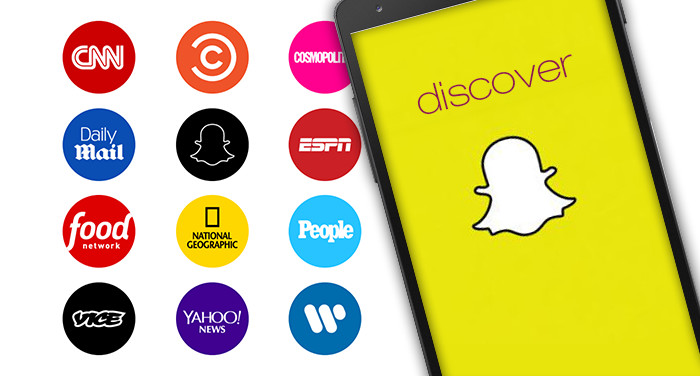
The Evolving Monetization of Snapchat
There is no doubt Snapchat is king of social media. With over 6 billion videos sent a day, the app has entrenched itself in the modern technological toolkit, attracting users of all ages not just Millennials. Companies are pouring millions of dollars into the application’s Discover feature, realizing the invaluable advertising opportunity Snapchat offers.
Founders Evan Spiegel and Bobby Murphy devised the program during Spiegel’s studies at Stanford University. At first his peers laughed at his idea, disbelieving in the appeal of a photo-sharing application that allows visible access to a photo or video for a maximum of 10 seconds. The two were resolute and continued their development, launching Snapchat in 2011. In a few short years, Snapchat has extended its feature list, scaled enormously, and raised over a billion dollars in private equity offering. Oh, and the app turned down $3 billion from Facebook.
Monetization
But, aside from private fundraising, how does Snapchat make money? By making advertisements not seem like advertisements. The features installed by Snapchat, like geofilters, Lens filters, and the Discovery page, carry the advertising message desired by companies, yet are enjoyed by the 100+ million Snapchat users without feeling as though they’re in the midst of a marketing campaign.
With the geofilter feature, sponsors are able to designate specific geographic locations that enable local Snapchat users to send images or videos tagged with their desired visual effect. For example, McDonalds sponsored a geofilter carrying its brand at its United States’ restaurant locations. The Lens filter allows sponsors to advertisement with the widely-used augmented reality Lens system. Snapchat users can overlay dog ears, explorer hats, or, as enabled by sponsors, facial features and special effects which advertise a certain product, service, or event. The Discovery page hosts published content from paid advertisers, who receive around 10-15¢ per view. Cosmopolitan, a mainstay of the Discovery page, estimates to receive about 3 million views per day, about 3% of daily Snapchat users.
The Future
As an application first developed to simply share photos, Snapchat has evolved from a toy to a profit-generating mechanism. With renewed appreciation, it is likely that Snapchat will continue to receive major attention from firms looking to advertiser to the app’s large and diverse user base. Already the company has rebranded itself as Snap Inc., seeking to diversify its products with the new Spectacles it is releasing this fall. From its humble beginning in a classroom at Stanford University to its new headquarters in Venice, CA, the evolution of Snapchat has been nothing but fascinating. How will Snap Inc. continue to reshape monetization in the world of social media?
John Josi is a third year student at UC Berkeley, majoring in Political Economy and Rhetoric. He closely follows contemporary advertising strategies, with focused interest in the intersection of AR and advertisement. He can be reached at jp.josi@berkeley.edu.
This post belongs to the #DigiViewpoint series of Digital Marketing Today, a social media marketing course taught at UC Berkeley’s Haas School of Business by course instructor Julian Gamboa. #StudentVoices
A.I. Writer, researcher and curator - full-time Newsletter publication manager.
7yGreat post John, you really summarized the Snapchat journey well. Unlike Twitter that is likely to soon be bought out, Snapchat and Pinterest I think both pass the monetization hurdle. That Snapchat's out-competes Facebook in video advertising may be more telling for Facebook's poor engagement (not to mention dishonesty to advertisers) than Snapshat's climb in popularity and mainstream adoption. Snap Inc. with #Spectacles is really the beginning of a new era for them. At a fraction of what the aborted Google Glass experiment would have costed, it's a monetization gamble on perfect timing as we enter the era of video content supremacy. You made a short-form article feel like a long-form one telling the story well, congrats.
...
7y.....